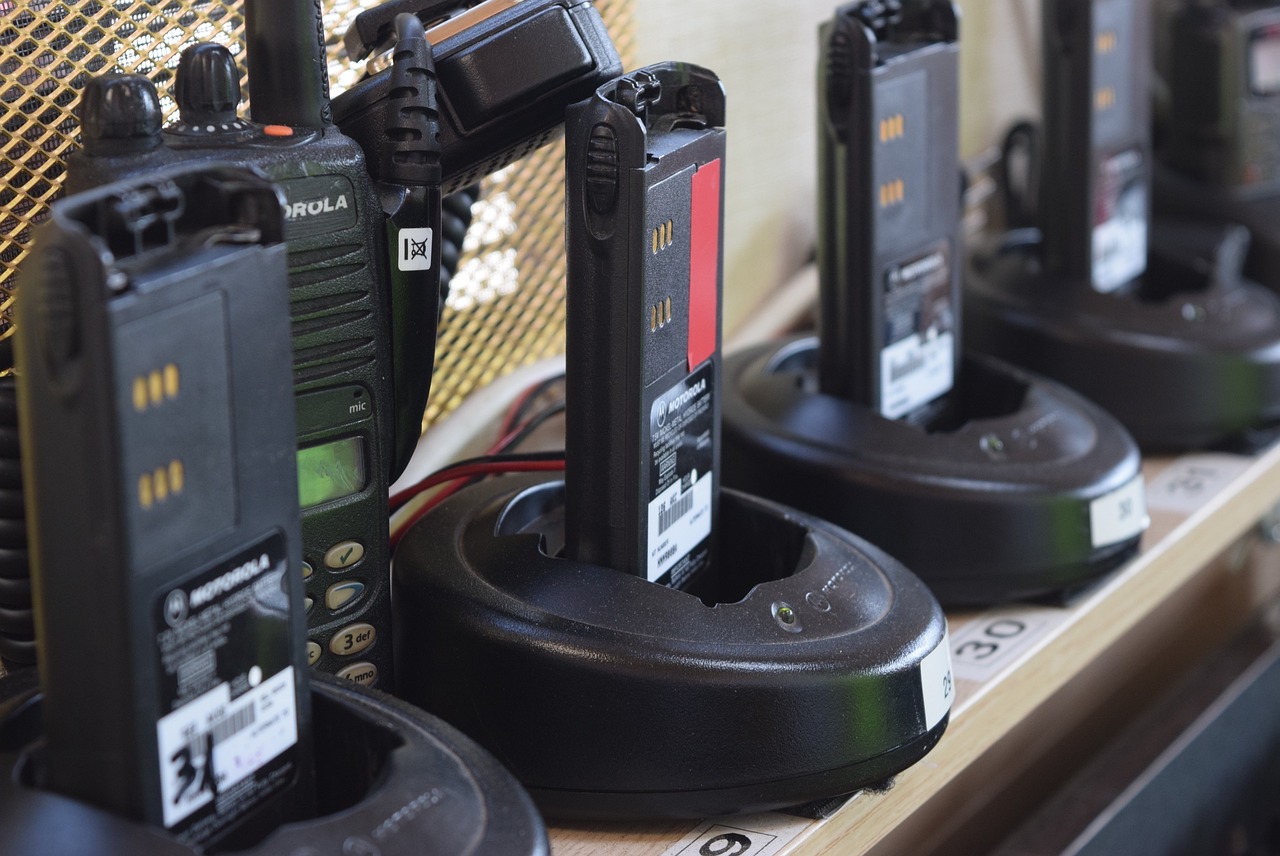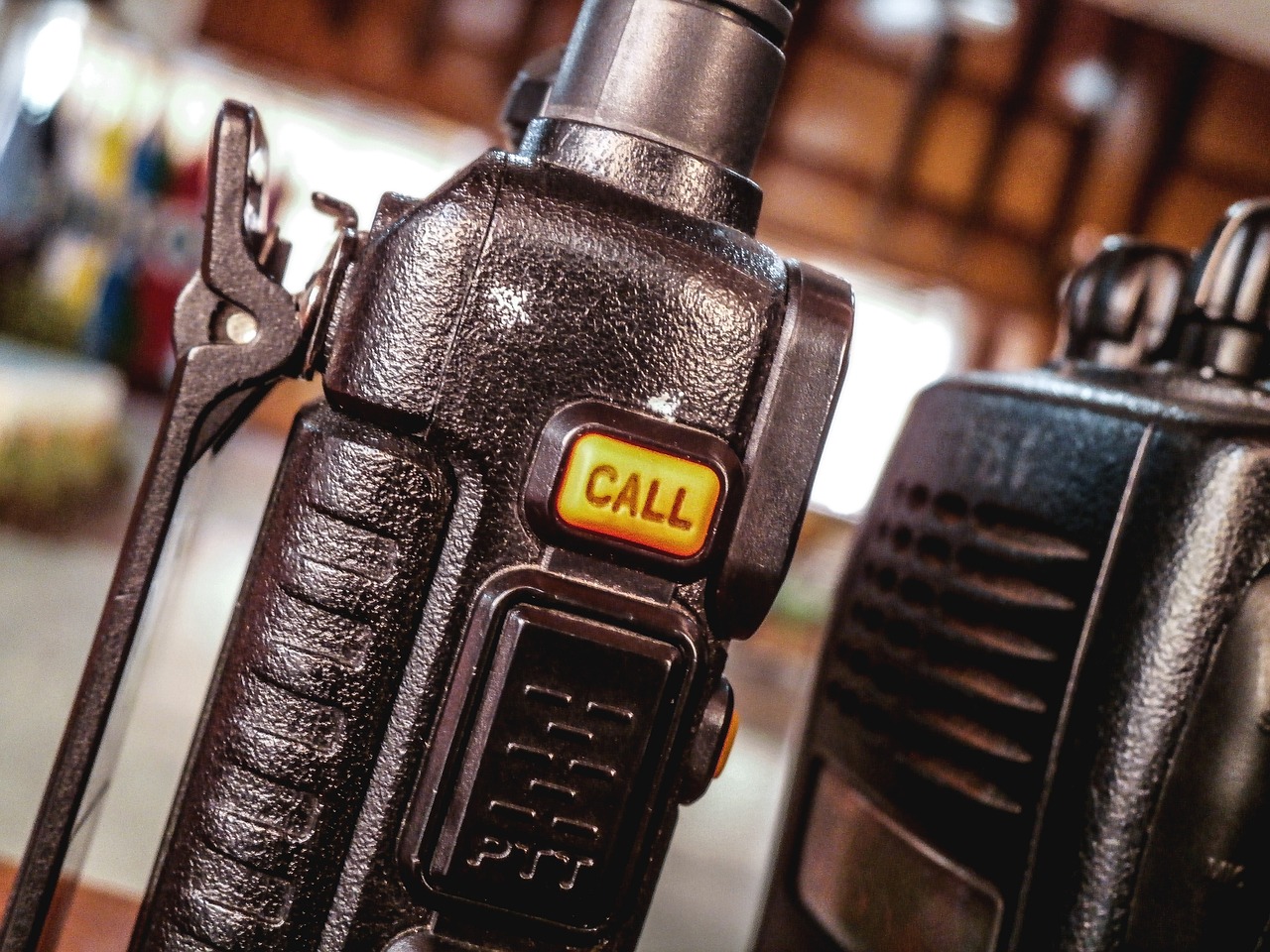A two-way radio system can be a significant investment for a company, and proper maintenance is critical to ensuring that investment provides a maximum return.
But more than that, poor maintenance could cause a radio to malfunction at a critical time. This is a particular concern for first responders, who depend on radio communications during life-and-death situations.
With this in mind, consider the following tips for two-way radio maintenance:
Inspecting and Battery Maintenance
Performing regular inspections is a key aspect of maintaining two-way radios. A main area of focus should be the antenna. If your radio is malfunctioning, check to make sure you have the correct antenna attached to it. Typically, an antenna will say either UHF or VHF on it to denote the frequency band for which it’s made. Make sure it matches the frequency band of your radio.
A problem with the battery is one of the most common causes of malfunction in two-way radios. Batteries typically last up to two years, depending on how much they get used. If your radio has a display, it should indicate the current battery life in the screen’s top left or right corner. If your radio does not have a display, it may indicate a low battery by sounding two beeps.
You can also check the age of your battery by looking for a manufacture date. You may have to remove the battery from the radio to find the date, which is typically located next to a bar code. The manufacture date is usually listed as a four-digit number. The first two digits indicate the year, and the last two indicate the week the battery was made. So, a manufacture date of “2235” would indicate that the battery was made in 2022 on the 35th week of the year. If the battery is more than two years old, there’s a good chance it needs to be replaced.
Another way to check the power of a radio battery is to connect the radio to its charger. Chargers usually have a light indicator that will change a certain color when they are unable to charge a device that’s connected. When you connect your radio, make sure its metal contact points are aligned with the contacts on the charger.
Typically, a red light will indicate something is wrong with the battery, but not always. If you aren’t sure what the light on your charger is indicating, refer to your owner’s manual to find out.
If you aren’t sure if your battery is causing a problem with your radio, try taking a battery from another radio of the same make and model and swapping it with the battery in the malfunctioning radio. If this fixes the bad radio, you’ve identified the battery as the problem.
It’s a good idea to regularly check all your radio batteries’ status. You may also want to consider buying backup batteries for critical radios.
Avoid Wet Areas
Having a designated system for storage is a key aspect of maintaining two-way radios. If you have off-hours when your radios will not be used, place your radios in a cabinet or other out-of-the-way place that isn’t at risk of getting wet. Make sure your radios are turned off and the batteries are removed before storing them for the night.
Don’t store your radios in active chargers during off hours because the lithium-ion batteries inside them have been known to catch fire. Keeping your radios and batteries at room temperature and not out in the elements is also a good idea.
It’s also a good idea to have a holster or carrying case to prevent your radio from getting dropped and damaged. A case or holster can also prevent your radios from getting wet, which you want to avoid at all costs. Many higher-end radios are made to be completely waterproof, but it’s still a good idea to keep these expensive devices from getting wet.
Wipe Down and Clear Ventilation Areas
Keeping your two-way radios clean is another big part of two-way radio maintenance. Regularly clean your radios using a microfiber cloth that has been dampened with a little bit of water. This kind of cloth can wipe away dirt and debris without scratching a radio’s display screen or other sensitive parts.
When cleaning, pay special attention to any ventilation on the radio. Most two-way radios have small vents that prevent these electronic devices from overheating. Keeping these vents clean and clear of pocket lint or dirt helps cool your radio’s inner workings.
Check Owner’s Manual for Product-Specific Care
It’s important to note that these are just general tips for maintaining two-way radios. The makes and models of these radios can vary significantly, and it’s a good idea to check your owner’s manual for any product-specific care. In addition to providing information on basic maintenance, an owner’s manual can also help when your radio malfunctions. Invest a bit of time familiarizing yourself with it.
We Back All of Our Products with Top-Notch Support
At Fleet Radio, we are proud to back all of our products with exceptional customer support. Our experts are well-versed in two-way radio maintenance and repair, from providing tips for cleaning your radios to solving battery issues. If you are looking to take communications in your organization to the next level, contact us today.













